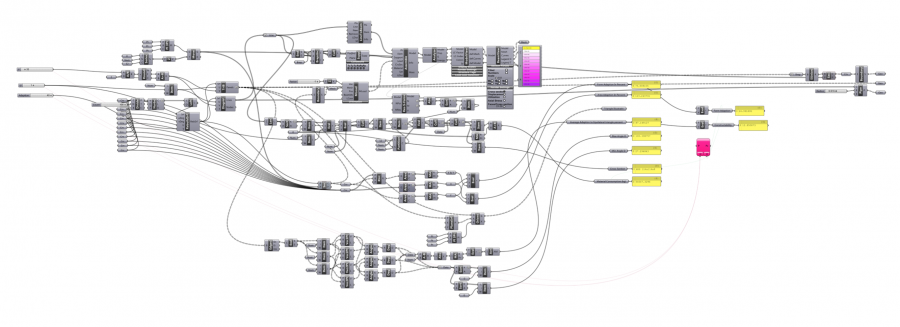
The Average Best Solution : A Generative Design Tool for Multi-Objective
Optimization of Free- Form Diagrid Structures
Abstract by Farzin Misami Azad
This research describes the generative modeling method implemented in an open-source program (Grasshopper) as a computational tool for performance evaluation and multi-objective optimization. It explores the initial steps of the design process to find the most fit design, based on goals defined by the designers, from among all possible solutions. In this context, this thesis uses the computational tool to propose a form-finding model for maximizing structural efficiency and constructability of diagrid structures with complex geometries.
In architecture and related disciplines, such as structural engineering, the complexity of the both project and the defined goal, that is caused by several design variables and the myriad of relationships between them, play crucial roles in the design process. For the successful handling of such complicated design processes, the consideration of specific goals, requirements, and overall design quality is central. Therefore, this thesis addresses the need for identification and application of computational methods to effectively handle several issues in this design process: the complexity of parametric modeling of diagrid structures, of those computational modeling issues related to analyzing, evaluating, scoring the performance objectives, and of making the decisions needed for the process of multi- objective optimization. To achieve such a goal, this thesis proposes a generative algorithm that includes a parametric model, computational model and a feedback loop. This kind of form-finding method deployed in the generative algorithm draws from existing research on multi-objective optimization. Most importantly, established articles from the Arup team make up the core concepts used in the algorithm-design process.
This thesis uses the generative algorithm as an integrally researched computational tool in its formal and operational research. As such, it proposes a conceptual design for a steel diagrid structure with fixed joints of the New National Gallery in Budapest. Such a form-finding method is based not only on structural efficiency, but also on constructability and architectural goals. In the decision-making process, the complicated relationships between considered objectives make it impossible to find the absolute best design solution that has the best performances in all of them. Instead of finding just one result, the generative algorithm eliminates a number of possible solutions based on their performances. The final decision average best solution, which scores high in all objectives but that does not score the highest in all of them, needs to be made by the designer from the limited number of design solutions.
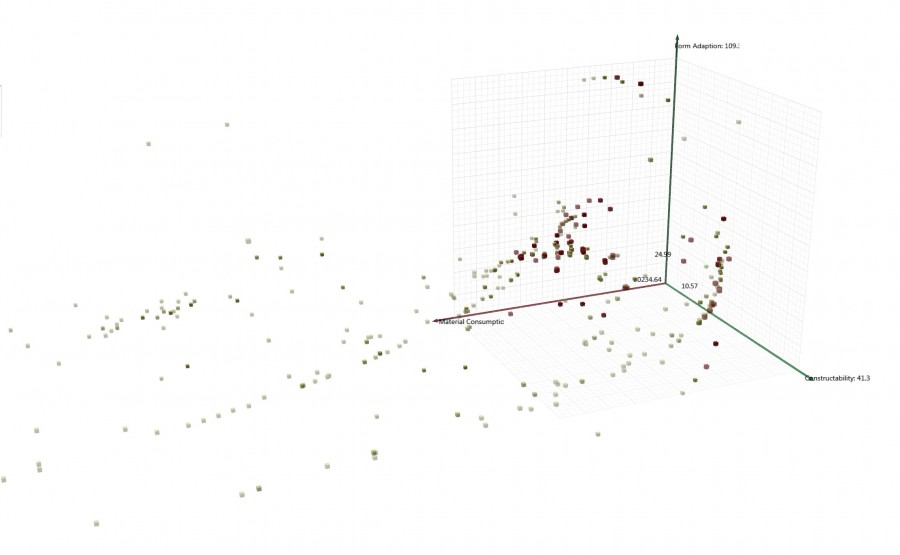
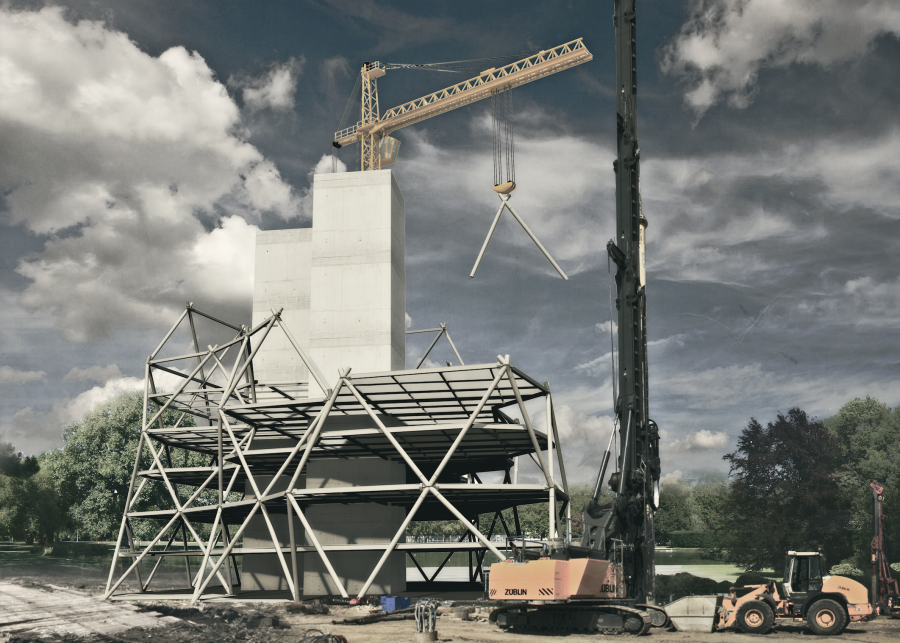
The examining committee is as follows:
Supervisor: Philip Beesley, University of Waterloo
Committee Members: Terri Boake, University of Waterloo
Maya Przybylski, University of Waterloo
External Reader: Peter Olendzki, Entuitive
The Defence Examination will take place on Monday August 11, 2014 10:30 A.M. ARC 2026
A copy of the thesis is available for perusal in ARC 2106A.


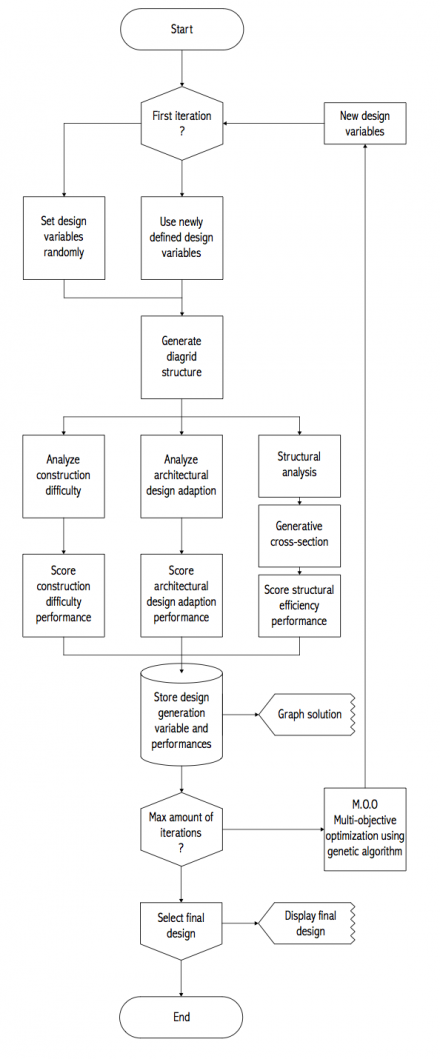
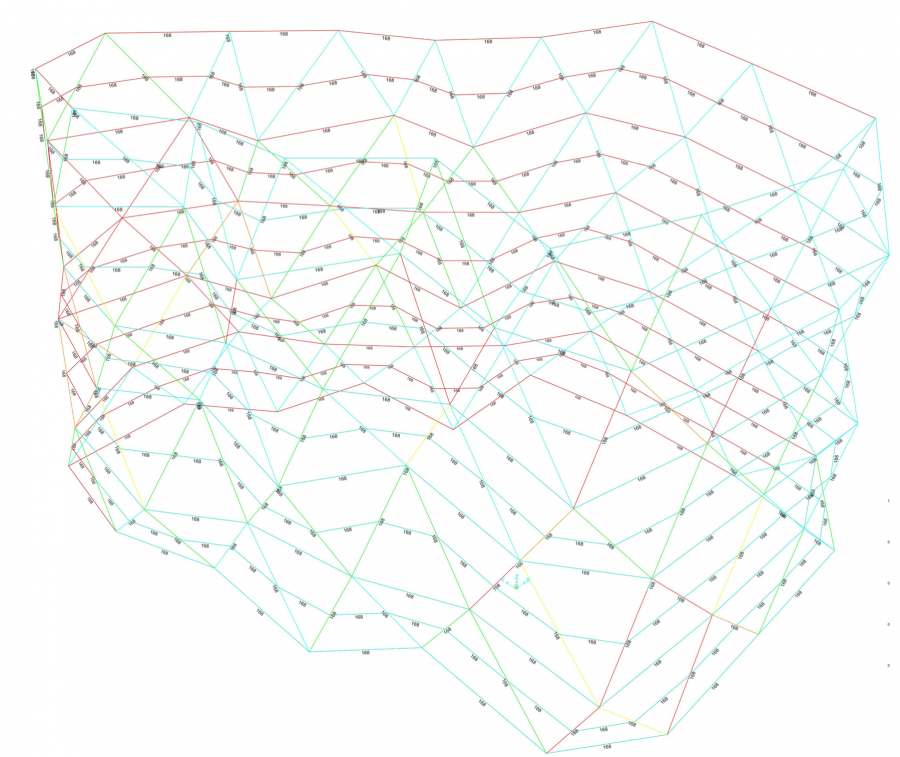
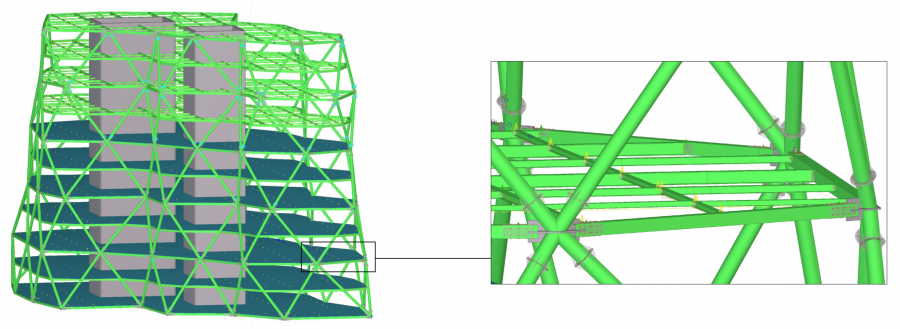
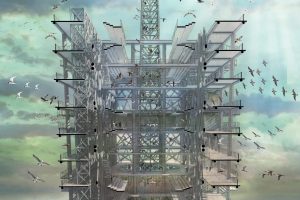


Leave a Reply